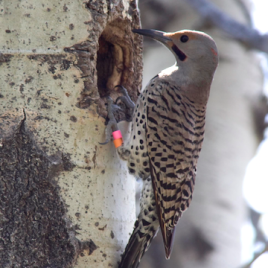Female northern flickers, a woodpecker species who breeds during summer all across Canada, spends its winter farther north on average than males, according to a new study. Sex differences in migration distances are well known, but this is the first time researchers observed female birds that travel less distance than males. The authors believe this […]
Tag: animals
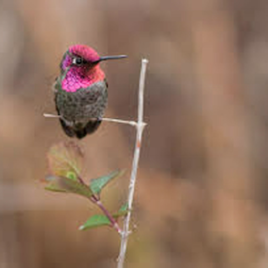
Birds watch where they’re going
Flying birds rely on movements in the surrounding environment to control their position in space, a new study has found. The authors filmed hummingbirds hovering in front of a projection screen and examined the birds’ response to moving bars and spiral patterns compared to static images. The researchers found flying birds are sensitive to movements […]
Fruit bats echolocate with wing clicks
Researchers have shown that Old World fruit bats – long thought to be non-echolocating species – use sound to help them navigate in the dark. Experiments showed that the fruit bats were making the noises not with their larynxes, but with their wing flaps. Although this form of echolocation is not as sophisticated as in […]
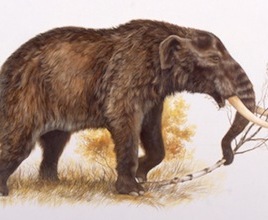
Resolving a mastodon mystery in the Yukon
A re-examination of mastodon fossils from Alaska and the Yukon indicates that they are much older than previously thought. Previous studies dated the fossils to the last ice age, about 18,000 years ago. However, at that time the area was largely grassland, and mastodons were forest-dwelling animals. The new study used modern radiocarbon dating methods […]
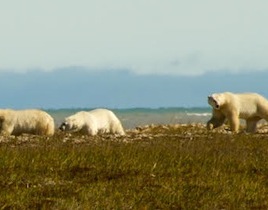
Melting ice could jeopardize 25% of polar bears by 2100
A new study suggests that if arctic warming trends continue, a quarter of the world’s polar bears will be unable to survive by 2100. The study uses a climate model to create detailed projections for the ice cover in the Canadian Arctic Archipelago, the series of islands and channels that dominate the far North of […]
Chickadees can resist cold down to -10°C
Black-capped chickadees’ ability to resist cold temperatures by increasing their own heat output maxes out at about -10 degrees Celsius, according to a new study. After that point, they seek shelter from the cold rather than remain outside dealing with it. The study is the first to suggest that birds have a limit on their […]
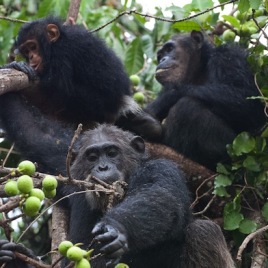
Chimps show gender bias in socialization
Among wild chimpanzees, mothers of sons spend more time interacting with other chimpanzees than mothers of daughters, according to a new study. In early infancy (0-6 months) when an infant is in almost constant contact with its mother, mothers of sons spent more time socializing with non-immediate family members than those with daughters. Additionally, mothers […]
Key bird habitats under siege
Over 350 of the world’s Important Bird and Biodiversity Areas (IBAs) are under threat, according to a new report. In 2012 protection was suspended in the Bay of Panama wetlands, one of the most important sites for migratory waterbirds in the Americas. Closer to home, British Columbia’s Boundary Bay – Roberts Bank – Sturgeon Bank […]

Genes and cat domestication
International scientists compared the full genome of a domestic cat, a female Abyssinian cat named Cinnamon, to the genome of other domestic cats and wild cat species and found that the genes of felines have evolved to help them live with us. Compared to their wild counterparts, domestic cats have changes in genes involved in […]
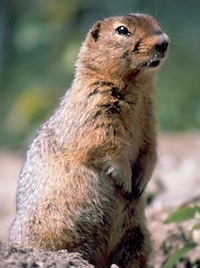
How squirrels avoid ‘roid rage
A new study shows that Arctic ground squirrels use anabolic steroids to beef up for winter hibernation, but that they have evolved systems to avoid the negative side effects. Most hibernating animals burn fat during the winter, Arctic ground squirrels hibernate at such low temperatures that they need to burn muscle as well. A previous […]
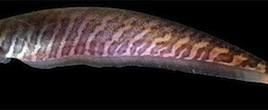
Electric knifefish signal their intentions
Electric fields emitted by knifefish can be used to predict their movements a few seconds before they occur, making these creatures an ideal model organism to study voluntary decision-making. Electric knifefish are nocturnal and live in very murky water, so they feel their way by sensing distortions in an electric field that they emit using […]
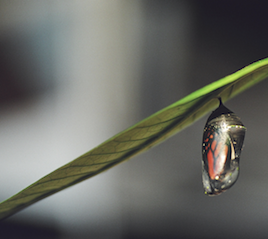
On the origins of the monarch butterfly
Monarch butterflies originated in North America 20,000 years ago at the end of the last glacial maximum before dispersing out to locations around the world, a new study shows. The authors sequenced the whole genome of 101 monarch butterflies from around the world to better understand the genetic basis of its migration patterns. The researchers […]
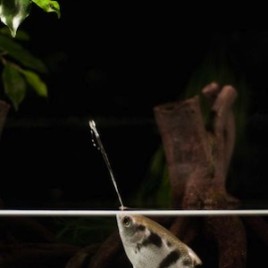
Archerfish are more skillful than previously thought
Archerfish use jets of water to shoot down insects for dinner, but new research shows they are more skilled at this than previously thought. Researchers trained archerfish to hit targets ranging in height from 20 to 60 centimeters from a precise location, and monitored how they produce the jet. They found that the fish adjust […]
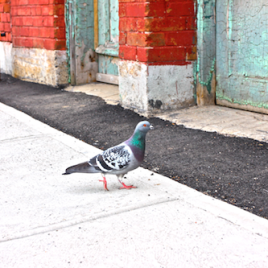
Humans and pigeons gamble in similar ways
A new study shows that when it comes to gambling and taking risks, humans and pigeons have more in common than you might think. The study had pigeons and humans choose between different coloured options to receive a reward. Through experience they learned that some colours gave guaranteed rewards, while others gave risky (probabilistic) rewards, i.e. […]
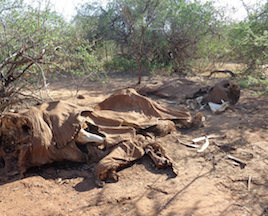
Poaching drives decline in African elephants
Researchers estimate that 7% of all elephants deaths in Africa between 2010 and 2012 can be attributed to illegal killings. The authors first surveyed elephant carcasses in Kenya’s Samburu National Reserve to distinguish between illegal and natural causes of mortality, then built a model to estimate poaching on the continent. The authors conclude that […]
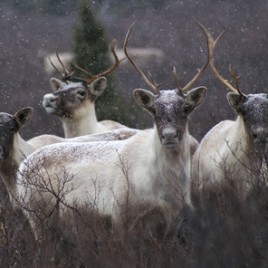
New tools to explain genetic diversity in caribou
Maintaining healthy genetic diversity in caribou means ensuring that populations don’t become fragmented, but a new study underlines just how tricky this can be. Currently, caribou preserves are constructed without taking into account how the habitat needs of caribou change throughout the year; for example, land that is prime pasture in summer may be snow-covered […]
